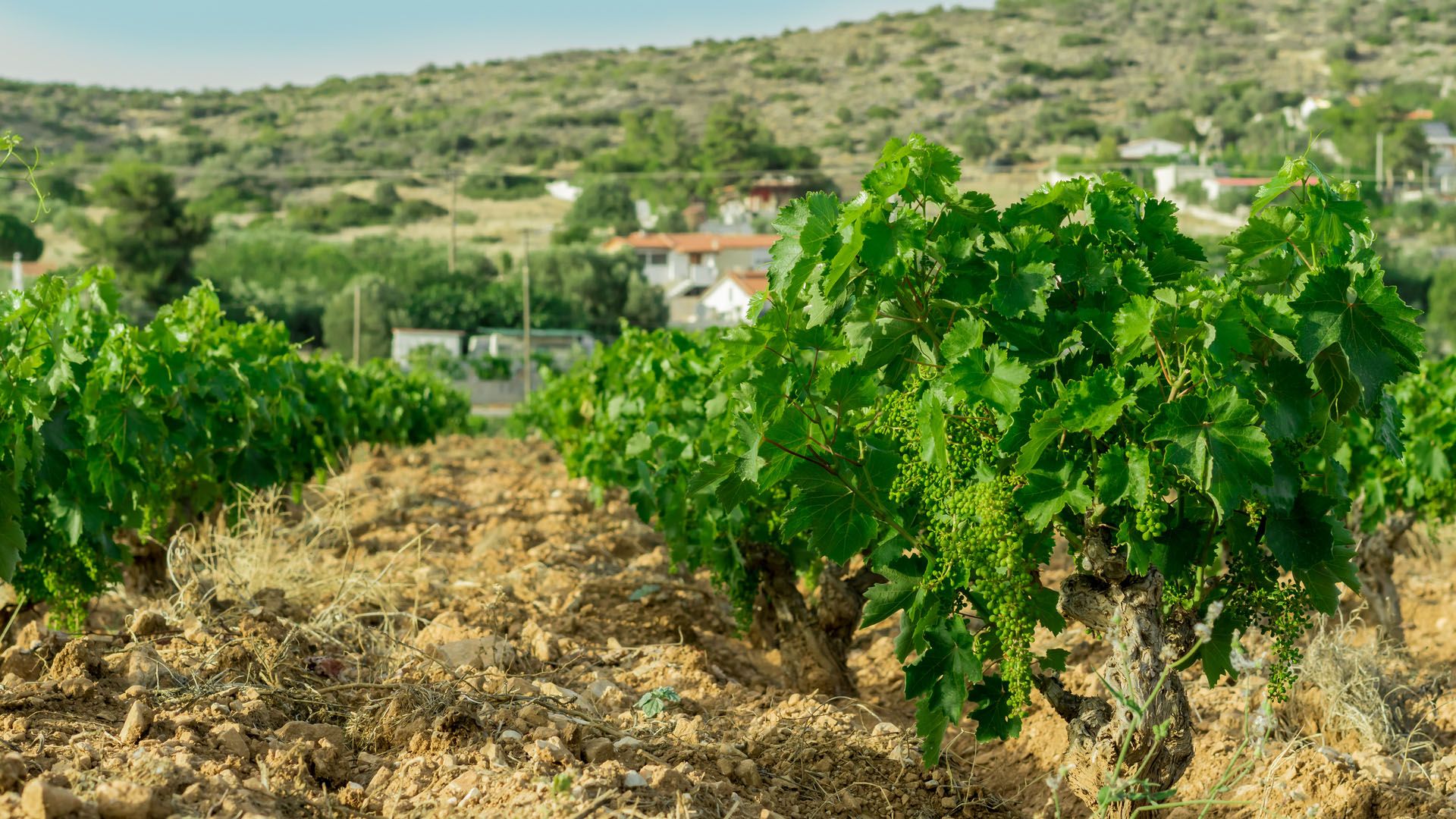Early Christian Basilica of Brauron
Useful
Information
Παλαιοχριστιανική Βασιλική Βραυρώνος (5ος αι.), Βραυρώνα 190 03, Greece
Informations
Address:
Παλαιοχριστιανική Βασιλική Βραυρώνος (5ος αι.), Βραυρώνα 190 03, Greece
Early Christian Basilica of Brauron
It is the ancient temple of Brauron that it is believed to have been built after the middle of the 5th century AD. It is located to the west of the temple of Artemis. Despite all the disasters it suffered, it remains remarkable and competes in beauty with the sanctuary of the ancient goddess according to the testimonies of the first Christians. Its excavation by Efstathios Stikas brought it to light in 1951. It seems that the temple was often attacked and plundered by pirates. As a result, the inhabitants were prevented from rebuilding the church for about eight centuries. Among the archaeological findings were graves. This means that the space inside and outside the temple later served as a cemetery. It appeared that a large number of breastplates were used for gravestones. Among them there were both clay and copper vessels. At the beginning of the 18th century AD, during the second Turkish period, there were devastations by Francesco Morozini. It was then that the smaller temple was built inside the first one in the main aisle of the basilica with a single aisle arch. Today only the foundations are preserved, while it remains unknown to which saint the two churches were dedicated.
As for the architecture of the basilica, on the outside it had three aisles separated by two fluted colonnades made of Pentelic marble. Above these were Ionic capitals. It is possible that these capitals were originally used in a Hellenistic building that existed there before the temple was founded, and it is assumed that the roof was wooden, since all the royal churches in Greece, Dalmatia, Italy, and Asia Minor were also wooden. The architectural elements were entirely made for this particular temple and were not adopted from others, as was common in the archaeological sites. It had a total area of 665 m2 (35×19), while the small church of St. Georgios (built inside the sanctuary of Artemis) had 45 m2. Inside the temple, in the southern part, there were additions. However, it has not been determined the purpose of their placement there. The floor was colored marble, while can be found a semicircular arch with four bases of the Holy Altar. The temple has built-in seats (splints) in its two vestibules for the believers. The area in question was separated from the sanctuary by vertical marble slabs. The breastplates were decorated with reliefs. There was a circular baptistery that was connected to a corridor. It is worth mentioning that a baptismal font was also found in the same place.





